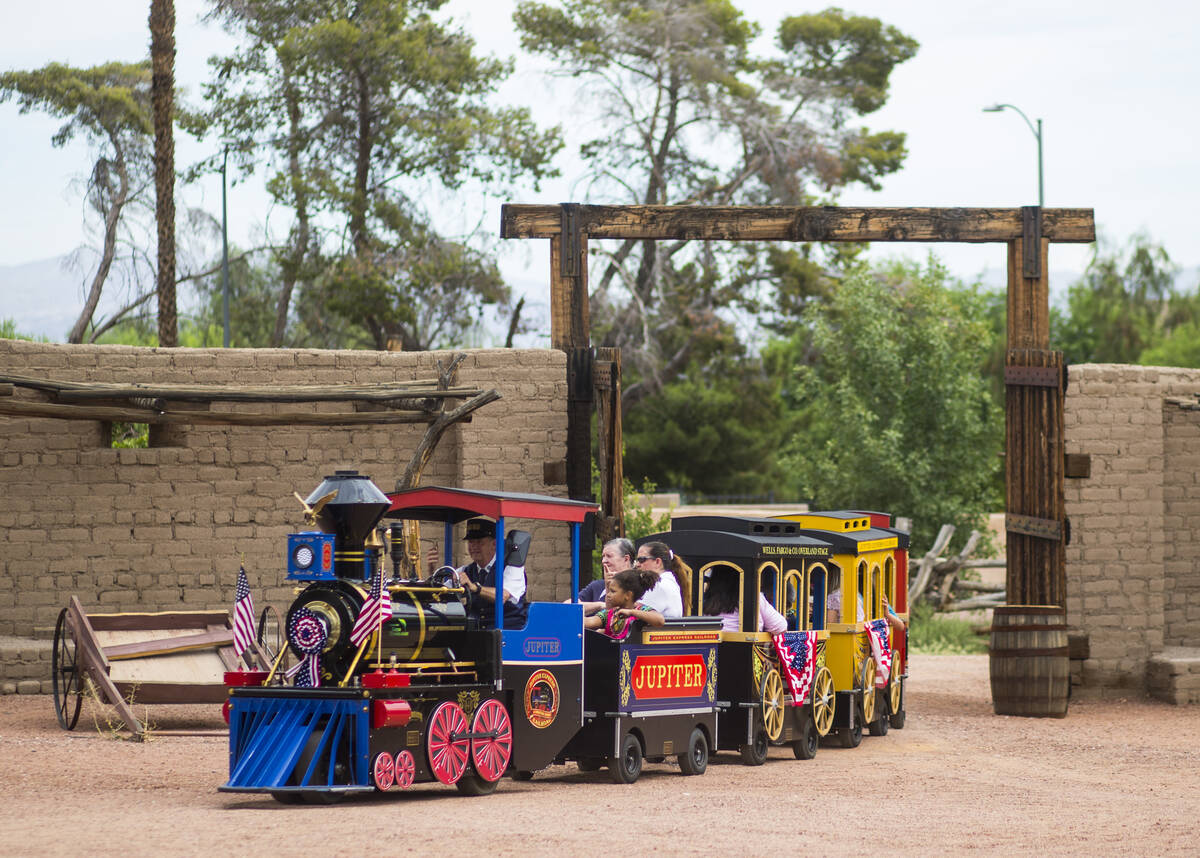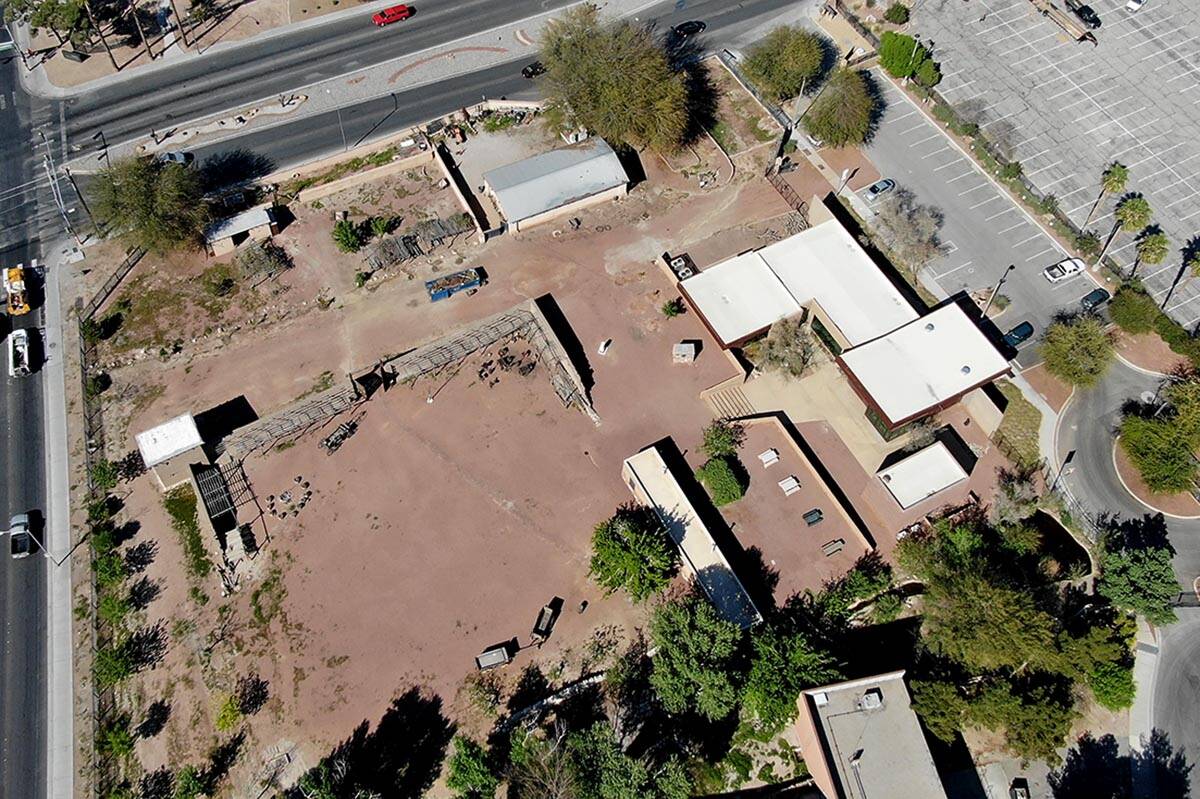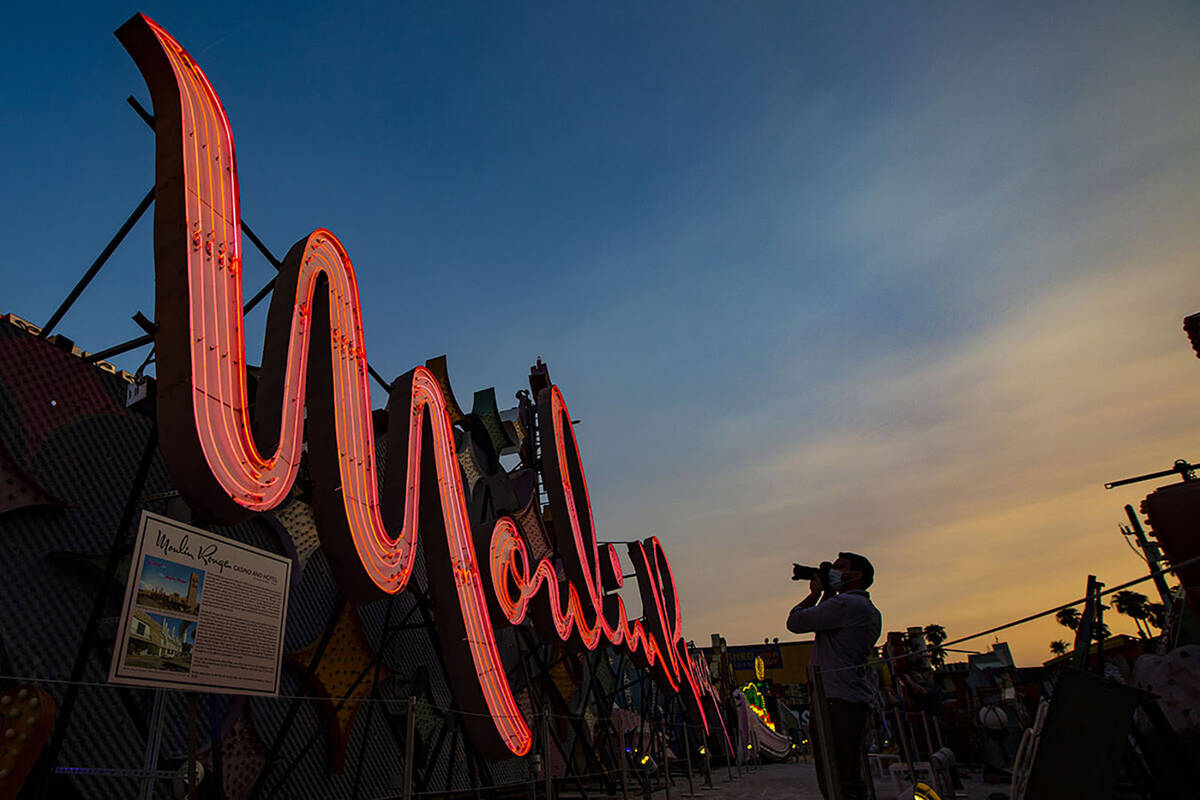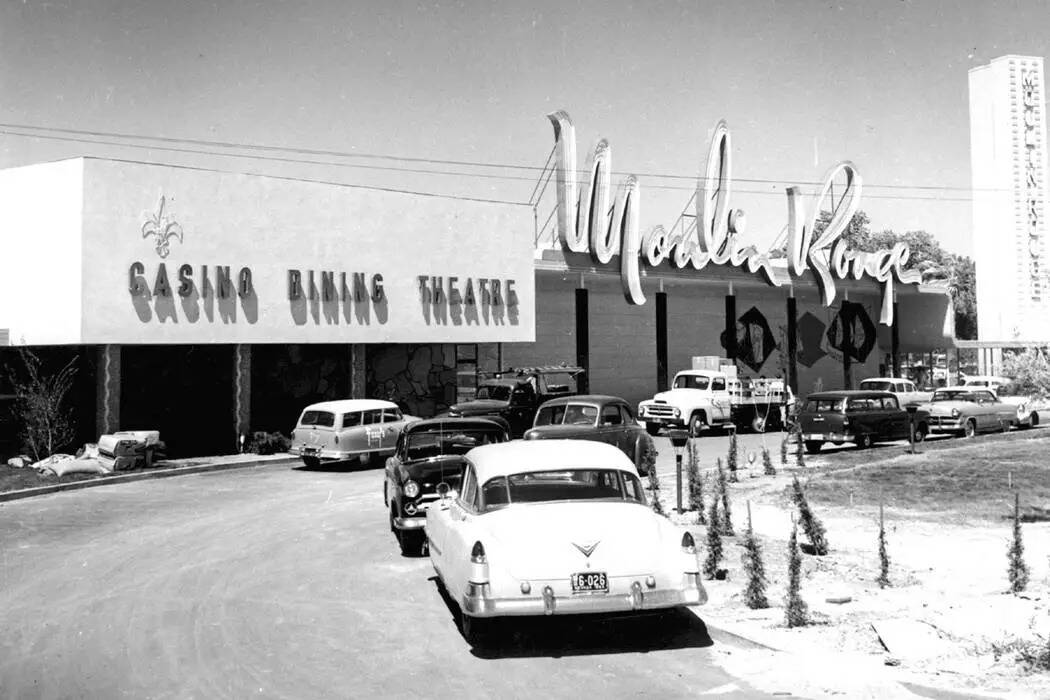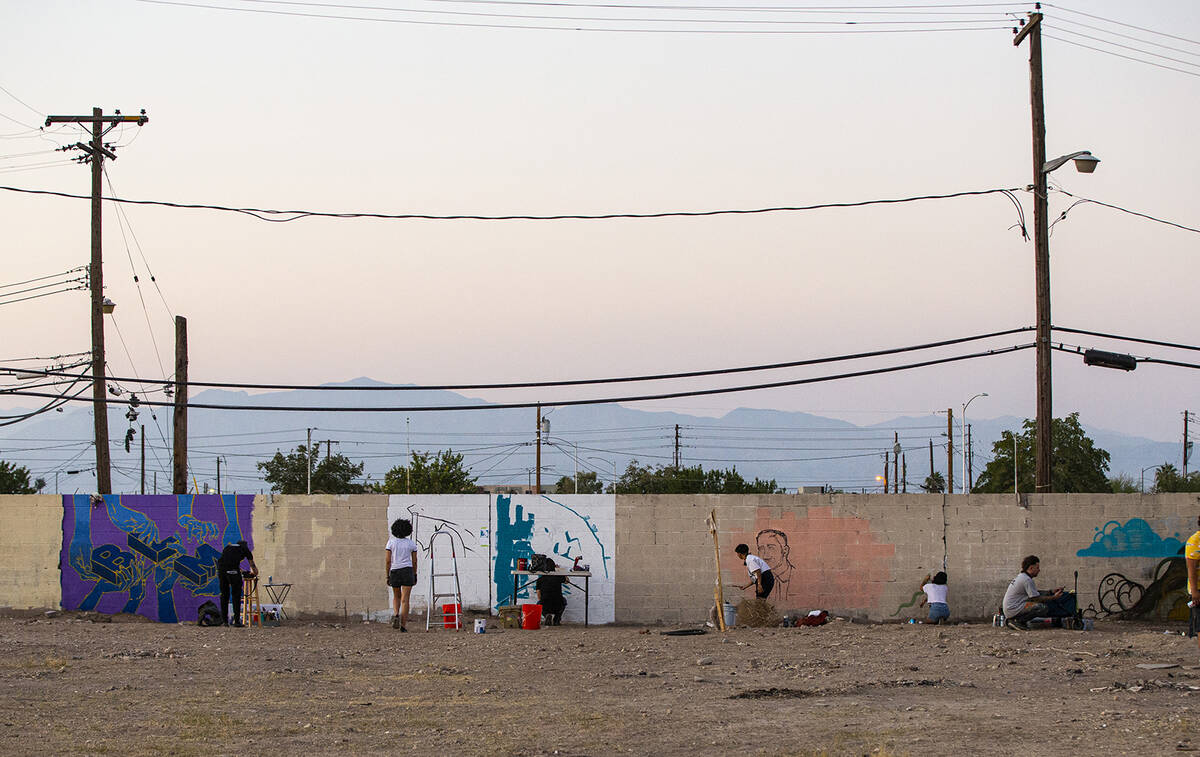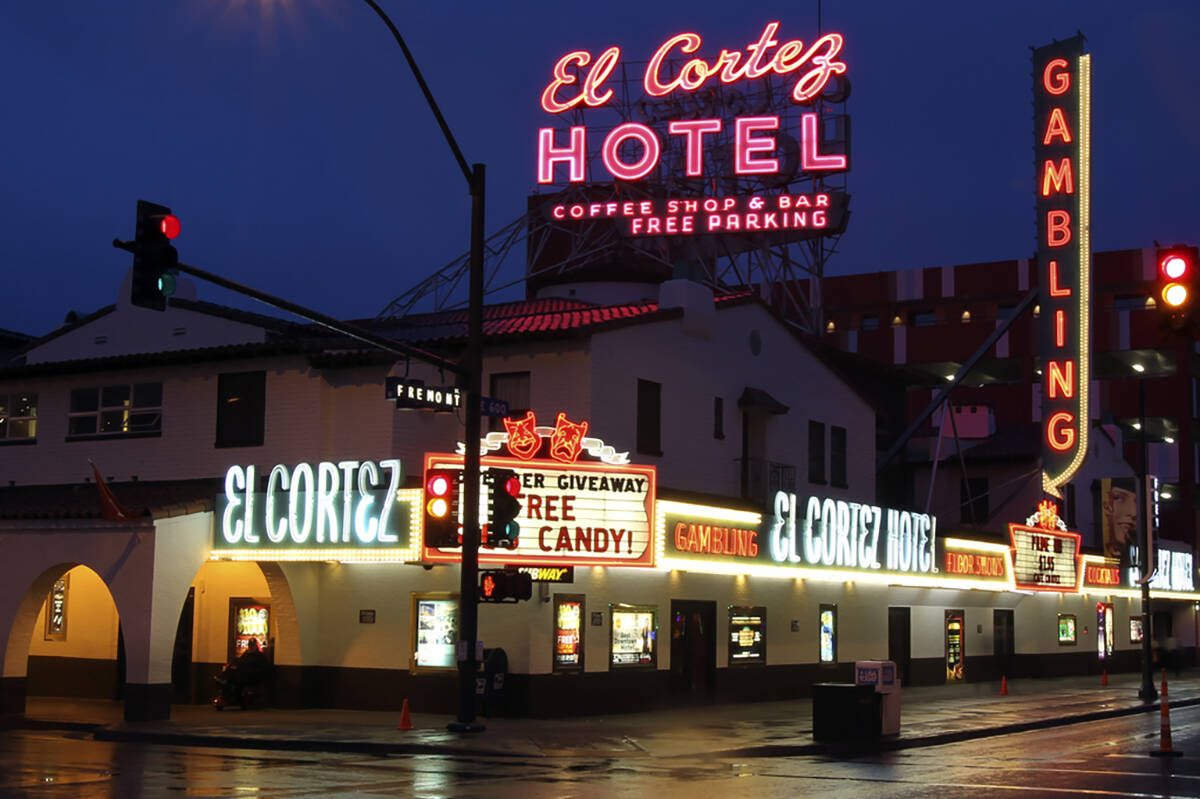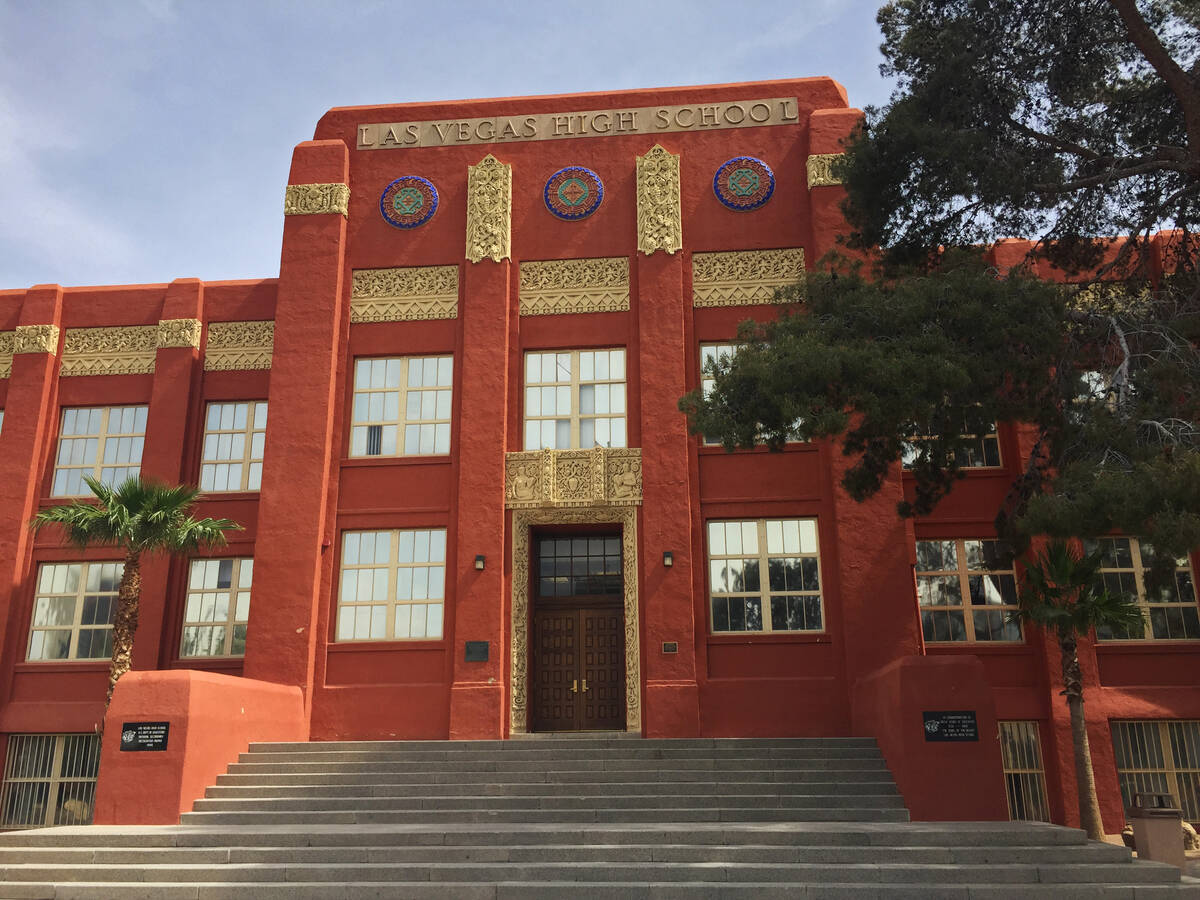6 sites throughout the valley that showcase Las Vegas’ rich history
Through innovation, Las Vegas maintains its reputation as a world-class destination.
There’s the huge sphere, a stadium that will host the next Super Bowl, and modern resorts that often rest on sites of other hotels once deemed transformative.
But peppered throughout the Las Vegas Valley are much older sites, including schools, neighborhoods, a theater and other hotels, which showcase the city’s rich history.
Through preservation, these sites are protected from major changes or demolition.
The city of Las Vegas’ Historic Preservation Commission evaluates “activities for buildings, structures and places of historical and architectural significance,” and supervises applications to the national and local historic registries.
The city operates a virtual map highlighting nearly 30 sites.
The Las Vegas Review-Journal compiled a list of a handful of the Las Vegas Valley’s historic sites.
Old Las Vegas Mormon Fort
Established along a free-flowing-water creek in 1855, the site — 500 E. Washington Ave. — was the first settlement in the valley built by non-natives.
The fort has gone through multiple iterations: a for Mormon settlement, a ranch for a pair of families, and then property of a railroad.
Visitors can pay $3 to tour the state park and to see first-hand a “multitude of historical artifacts,” including pottery remnants and stone tools, according to the park service.
Huntridge Theatre
It’s been nearly 20 years since the venue last hosted a performance.
For decades prior, the theater was frequented by celebrities like Judy Garland and Frank Sinatra. It was also the first non-segregated movie house in Las Vegas’ history.
The property is registered in the national, state and local historic registries, a rarity.
Before closing in 2004, it was a music venue that featured performances by the likes of local stars The Killers, and international acts like Foo Fighters and Red Hot Chili Peppers.
Dapper Companies bought the property two years ago and is working to revive its glory days, lighting the iconic, long-dormant marquee earlier this year.
The developer, J Dapper, intends to complete renovations within the next two years and previously told the Review-Journal that he hopes it will include an art exhibit that highlights its history.
The Moulin Rouge
The remnants of the Moulin Rouge rest on Bonanza Road in the Historic Westside.
It opened in 1955 as Las Vegas’ first racially integrated hotel-casino and hosted Black entertainers who could perform but not stay at other local resorts.
The resort, listed in the national and local historic registries, hosted a meeting in 1960 that led to the desegregation of downtown Las Vegas and the Strip.
The property has seen better days, and multiple efforts to redevelop the site over the years haven’t fully materialized.
El Cortez Hotel and Casino
Built in 1941, the El Cortez Hotel & Casino, was downtown’s first major resort. A decade ago, it was approved to be listed in the National Register of Historic Places.
Its Spanish Colonial Revival design was popular across the country around World War II, and the application to the national registry noted that the property has mostly been unchanged throughout the decades.
Visitors can still lodge and gamble at the historic casino.
Las Vegas Academy
The magnet school was the city’s first high school. Built in 1931 with an Art Deco design, the school’s original main building and gym in downtown are still operational.
While Las Vegas High School later moved to another location, the facility rebranded to Las Vegas Academy of the Arts, a magnet school that annually serves about 1,700 students.
The academy is listed in the National Register of Historic Places, and its alumni include Richard Bryan, former Nevada governor and former U.S. senator.
Floyd Lamb Park at Tule Springs
This 680-acre northwest Las Vegas park is not only a beautiful oasis with lakes and trails but also features several significant historic buildings.
Its springs first drew Native Americans to the area, and it later became a working ranch, according to a city of Las Vegas history of the park. An adobe hut thought to have been built in 1917 is believed to have been part of the ranch, the history said.
In the 1940s, the ranch hosted people in Nevada to establish residency to get a divorce in Nevada.
The park, which is the National Register of Historic Places and the Las Vegas Register of Historic Places, also features the Foreman’s House, which was constructed in the 1940s and now serves as the park’s visitor center.
The park is located at 9200 Tule Springs Road.
To find out more about the park, visit lasvegasnevada.gov/News/Blog/Detail/history-of-floyd-lamb-park.
Contact Ricardo Torres-Cortez at rtorres@reviewjournal.com. Follow @rickytwrites on Twitter.



